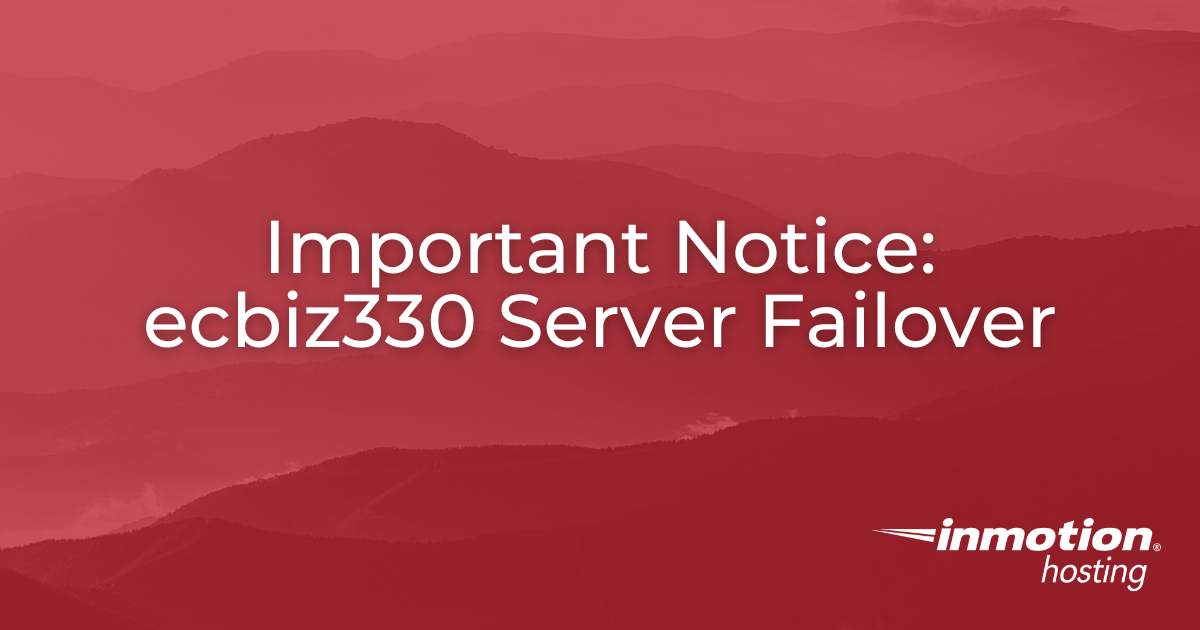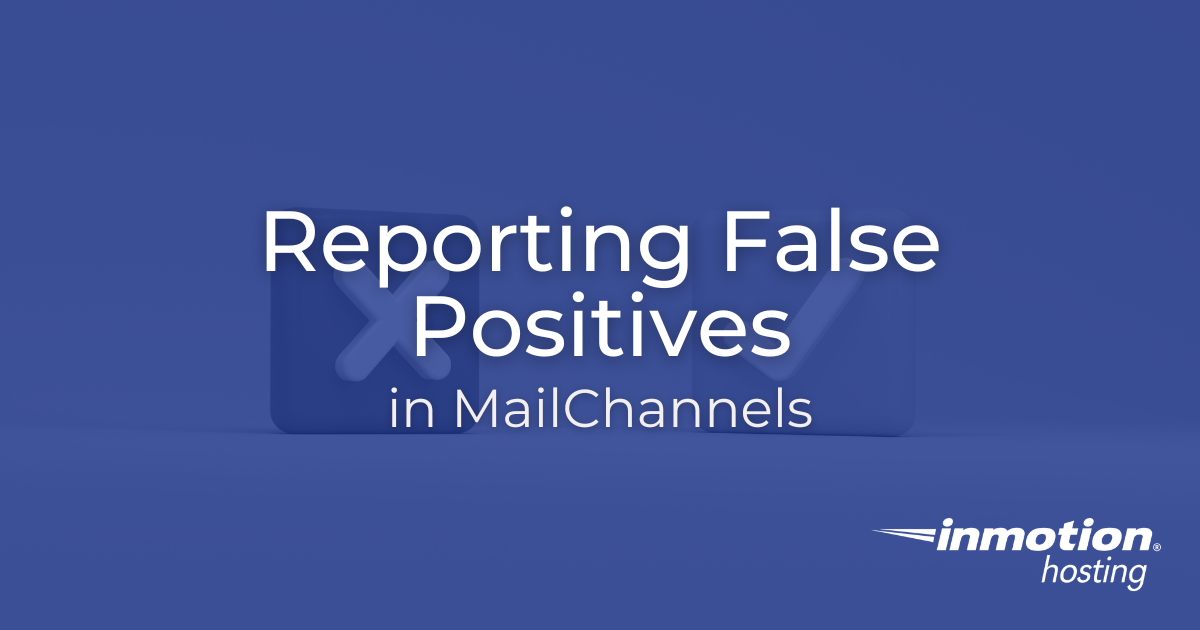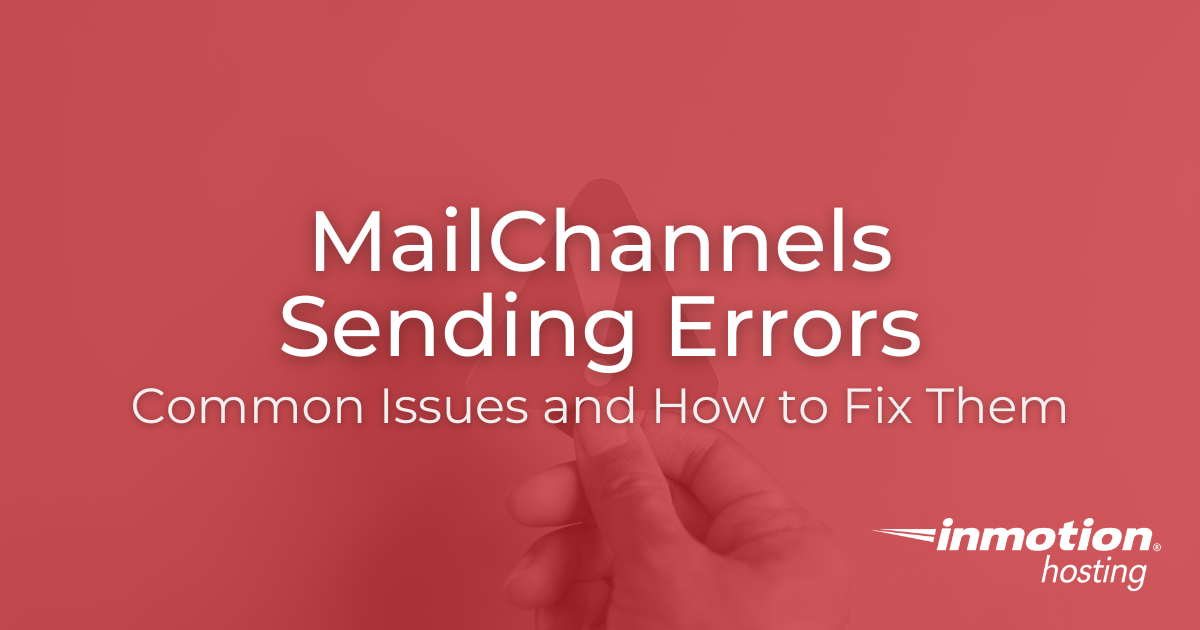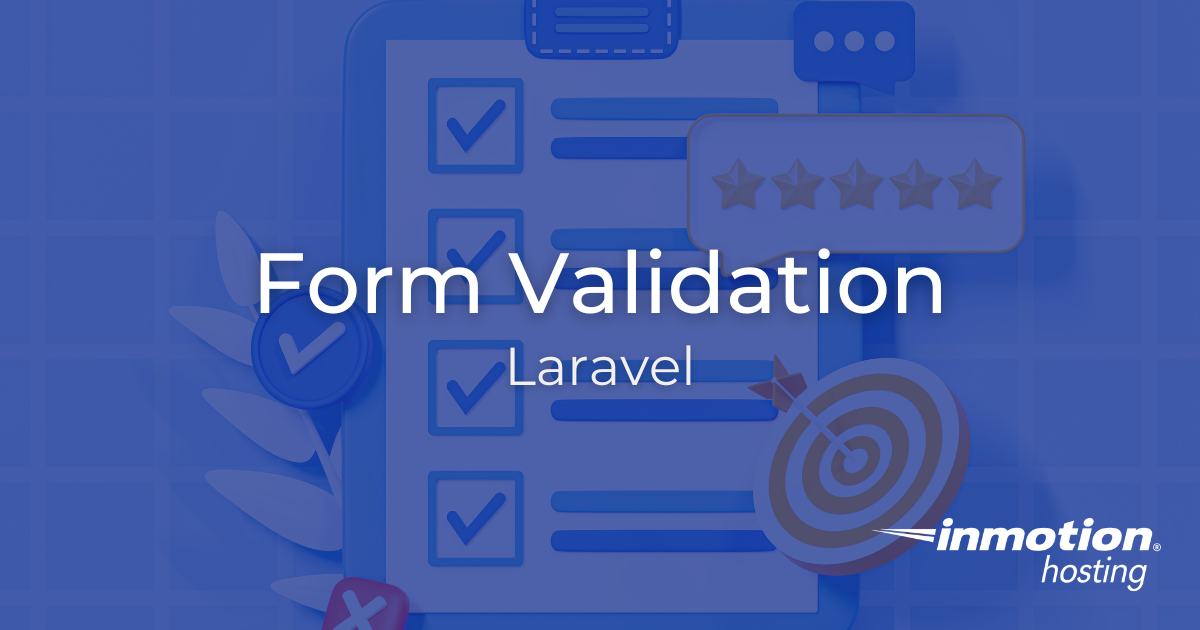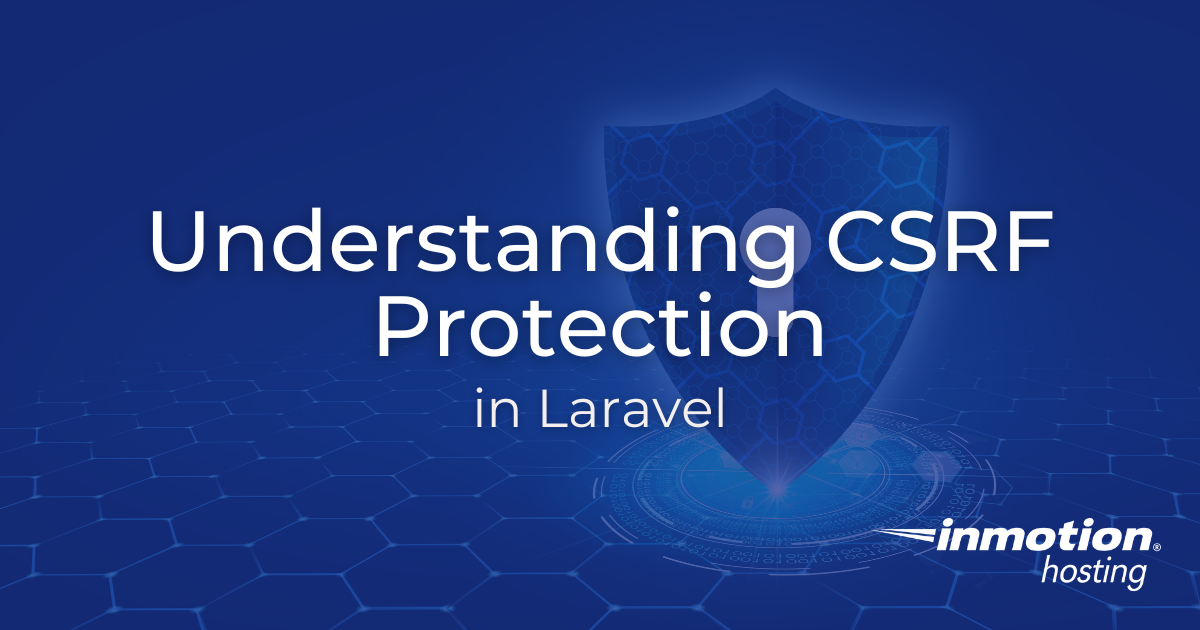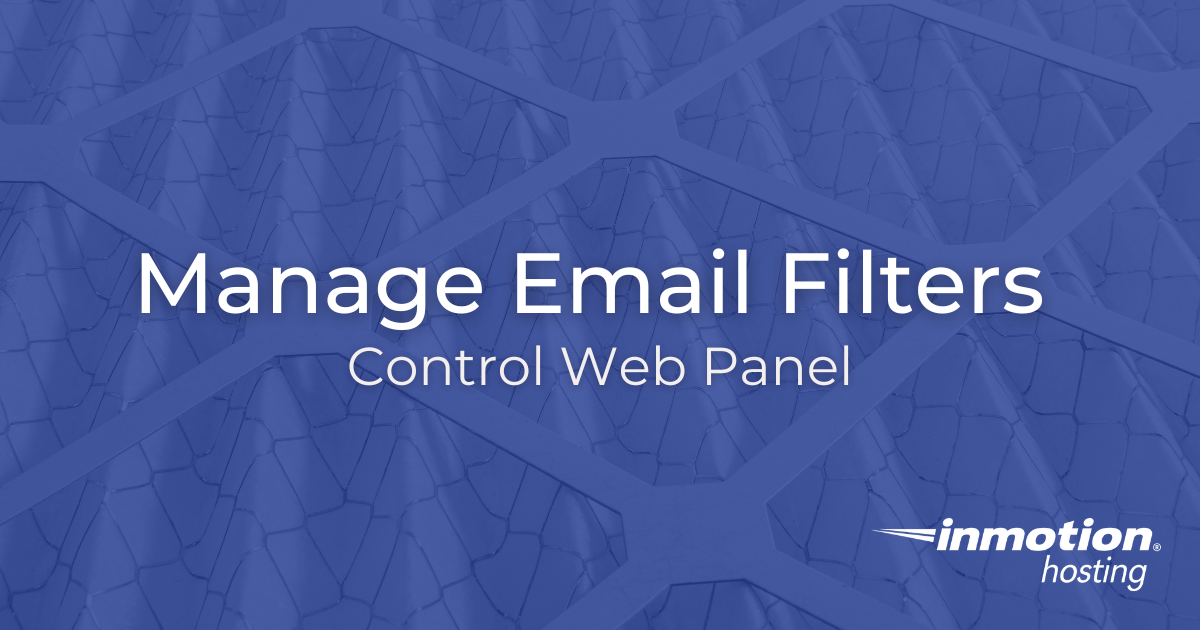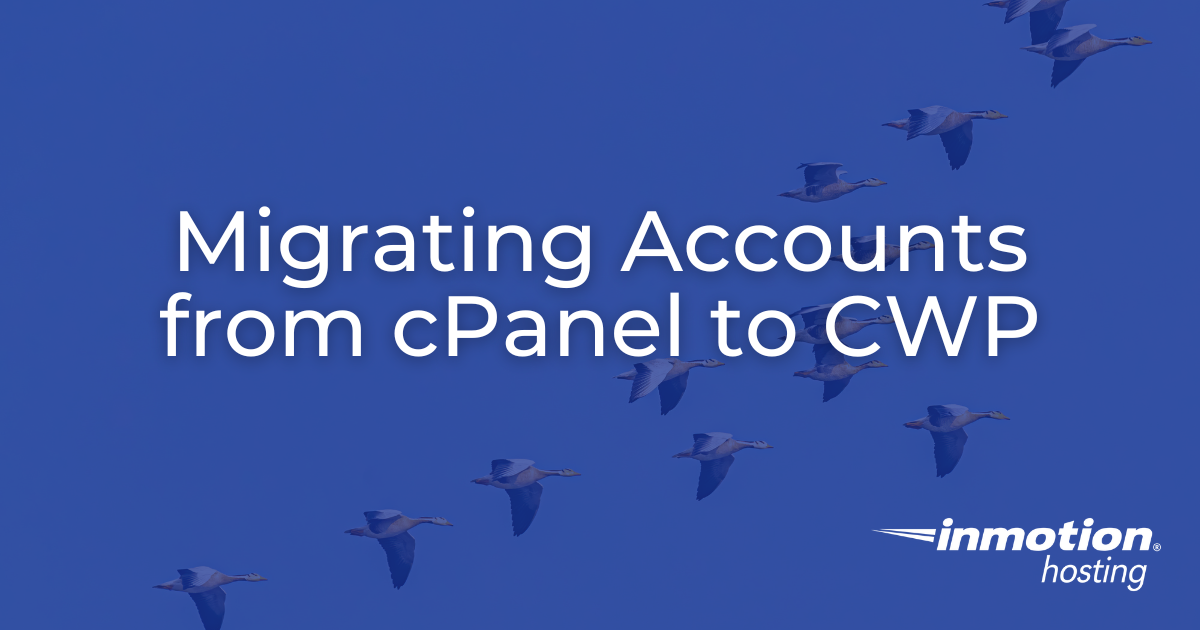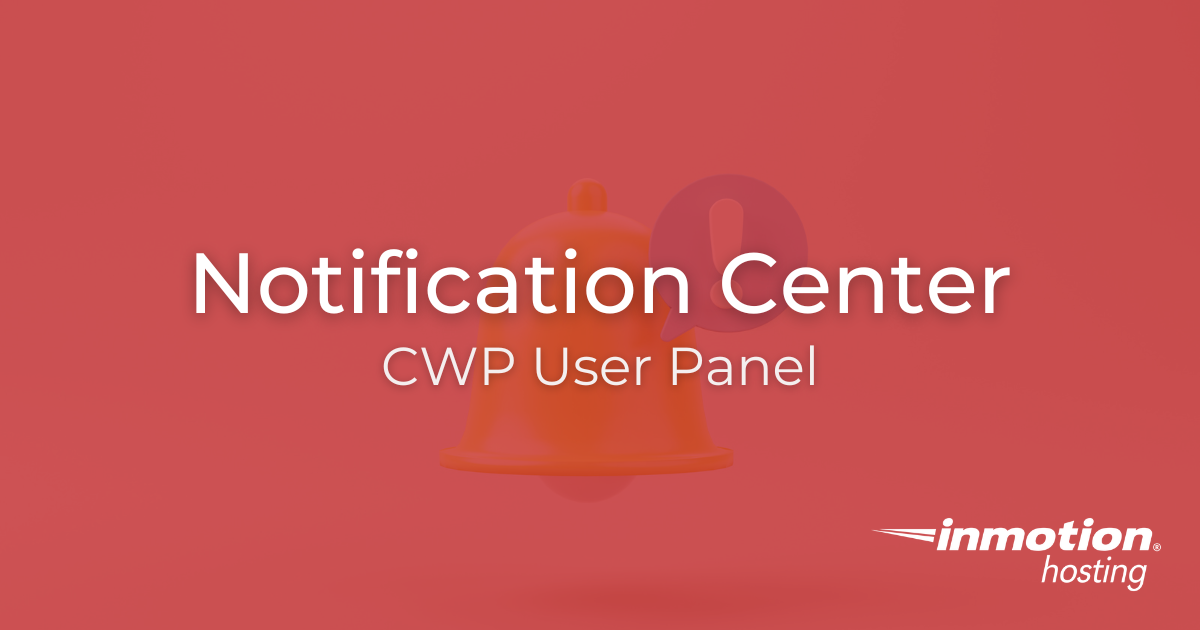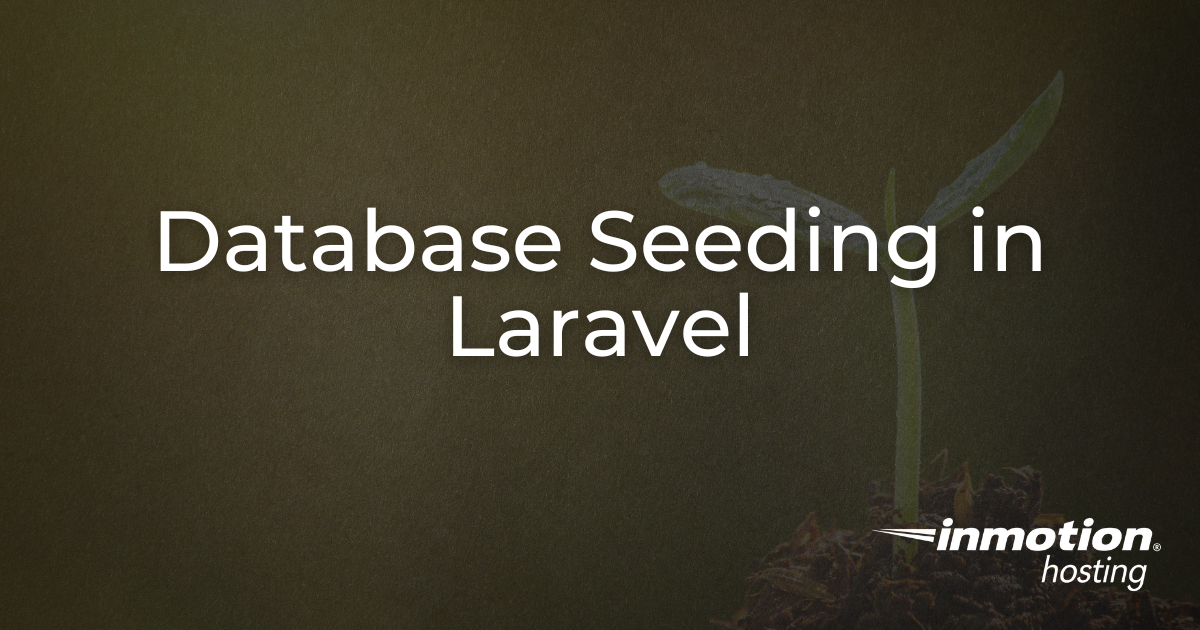We are making changes to the ecbiz330 server to ensure stability and reliability for our customers. At this time, we are actively completing an unplanned but necessary failover on ecbiz330, moving all accounts to a new ecbiz330 server. How to Find Your Server Information If you are unsure about which server your account is on, Read More >
Derrell
Reporting False Positives in MailChannels
If an outgoing email is bounced back and marked as spam by MailChannels for legitimate email, follow these steps to report it as a false positive. Make sure to review the error first to confirm that the email was not blocked for valid reasons. See our MailChannels Sending Errors: Common Issues and How to Fix Read More >
MailChannels Sending Errors: Common Issues and How to Fix Them
MailChannels is an email relay service designed to prevent spam and improve email deliverability. However, when sending emails through MailChannels, users may occasionally receive error messages that prevent successful delivery. These errors often indicate spam-like activity, authentication issues, or problems with the recipient’s address. If you receive an error when trying to send an email, Read More >
Monitoring Outbound Email with MailChannels Insights
MailChannels Insights is a powerful reporting and analytics tool designed to help email users monitor and optimize email performance. It provides detailed information on email delivery, helping you understand how your outgoing emails are being processed, whether they’re reaching recipients, and if there are any deliverability issues. This tool is handy for managing email systems Read More >
How to Update DNS Records for MailChannels
If you’re managing your DNS elsewhere (your nameservers are not pointed to InMotion Hosting nameservers) and need to update your SPF and TXT records for MailChannels on our Shared, WordPress and Reseller Servers, this guide will walk you through the process step-by-step for some popular domain registrars. What Are SPF and TXT Records? For MailChannels, Read More >
How to Access the MailChannels Dashboard from cPanel
If your hosting plan includes MailChannels, you can access the MailChannels Dashboard directly from your cPanel account. This guide will walk you through the steps to view and manage your email activity and monitor inbound email issues. What is the MailChannels Dashboard? The MailChannels Dashboard provides tools and insights for managing your incoming email activity. Read More >
Step-by-Step Guide to Installing React (Updated for 2024)
React is a popular JavaScript library for building user interfaces, especially single-page applications where dynamic content updates are essential. This guide will walk you through the updated steps to install React using the latest tools like Vite and Next.js and explain why you should use a framework tailored to your needs. What Is React? React, Read More >
How to Use Controllers in Laravel
Laravel is a powerful PHP framework that offers a clean and expressive syntax for web development. Controllers play a critical role in Laravel by handling the logic of your application, responding to user actions, and returning appropriate responses. In this guide, we’ll explore how to effectively use controllers in Laravel, from creating them to using Read More >
Form Validation in Laravel
Form validation is a critical aspect of web application development. It ensures that the data submitted by users meets specific criteria before processing. Laravel provides a powerful and easy-to-use validation system that simplifies this process. This article will guide you through implementing and customising form validation in Laravel. Introduction to Laravel Form Validation Laravel’s validation Read More >
How to List Accounts in Control Web Panel (CWP)
Managing accounts on your server is crucial to maintaining a secure and efficient hosting environment. Control Web Panel (CWP) provides an intuitive interface for listing and managing user accounts. In this guide, we’ll walk you through the steps for listing accounts in CWP. Introduction Control Web Panel (CWP) is a web hosting control panel designed Read More >
Understanding CSRF Protection in Laravel
Cross-Site Request Forgery (CSRF) is an attack in which unauthorized commands are transmitted from a user that the web application trusts. Laravel provides robust CSRF protection out of the box to help secure your application from such vulnerabilities. This article will guide you through the basics of CSRF, how Laravel protects against CSRF attacks, and Read More >
Manage Email Filters in CWP
Email filters are essential for managing incoming emails and ensuring your inbox remains organized and clutter-free. Control Web Panel (CWP) provides robust tools for creating and managing email filters, allowing you to automate email organization based on various criteria. This guide will walk you through setting up and managing email filters in CWP. Introduction Email Read More >
Migrating Accounts from cPanel to CWP
Migrating from cPanel to Control Web Panel (CWP) can offer numerous benefits, including cost savings and enhanced server management capabilities. This guide will provide a comprehensive step-by-step process to ensure a smooth migration from cPanel to CWP. Prerequisites Before beginning the migration process, ensure that you have the following: Step-by-Step Migration Guide Step 1: Allow Read More >
CWP Log Paths
Logs are essential for server management, providing detailed records of activities and events that occur on your server. In Control Web Panel (CWP), logs are crucial for diagnosing issues, monitoring system performance, and ensuring security. This article provides a comprehensive guide to the log paths in CWP, helping you locate and understand the various logs Read More >
How to Create Packages in Control Web Panel (CWP)
Creating packages in Control Web Panel (CWP) allows administrators to effectively define and allocate resources for user accounts. Packages include limits on disk space, bandwidth, email accounts, databases, and other features that help manage server resources efficiently. This guide will walk you through the process of creating packages in CWP. What Are Packages? Control Web Read More >
Notification Center in CWP User Panel
The Notification Center in the CWP User Panel is designed to keep users informed about important events and activities related to their hosting accounts. By enabling and managing notifications, users can keep track of essential aspects of their web hosting environment, which helps to prevent unwanted behavior and avoid errors. What is the Notification Center? Read More >
Mod Security Configuration in CWP User Panel
Introduction Mod Security is a crucial security feature for web hosting, designed to protect websites from various types of cyber-attacks, such as SQL injection, cross-site scripting, and other vulnerabilities. The Control Web Panel (CWP) User Panel provides a user-friendly interface for configuring and managing Mod Security, ensuring your website remains secure against these threats. This Read More >
Logging into Control Web Panel (CWP) for the First Time
Welcome to your new server with Control Web Panel (CWP)! This guide will help you log in to your CWP User and Admin Panels for the first time. Following these steps, you can access and manage your hosting environment quickly and easily. Let’s get started. Accessing the CWP User Panel Accessing the CWP Admin Panel Read More >
Manage Your Control Web Panel Server from the Account Management Panel (AMP)
InMotion Hosting’s Account Management Panel (AMP) offers tools designed to help you manage your Control Web Panel server seamlessly. This guide will walk you through the various options available within AMP to help you leverage these tools effectively. Accessing Account Management Panel (AMP) Log in to your InMotion Hosting Account Management Panel (AMP) using your Read More >
Database Seeding in Laravel
Database seeding is crucial in web development, allowing developers to populate databases with initial data. This is particularly useful for testing and development environments. Laravel offers a powerful and flexible way to seed databases. This guide will cover everything you need to know about seeding databases in Laravel. Introduction Database seeding is the process of Read More >
